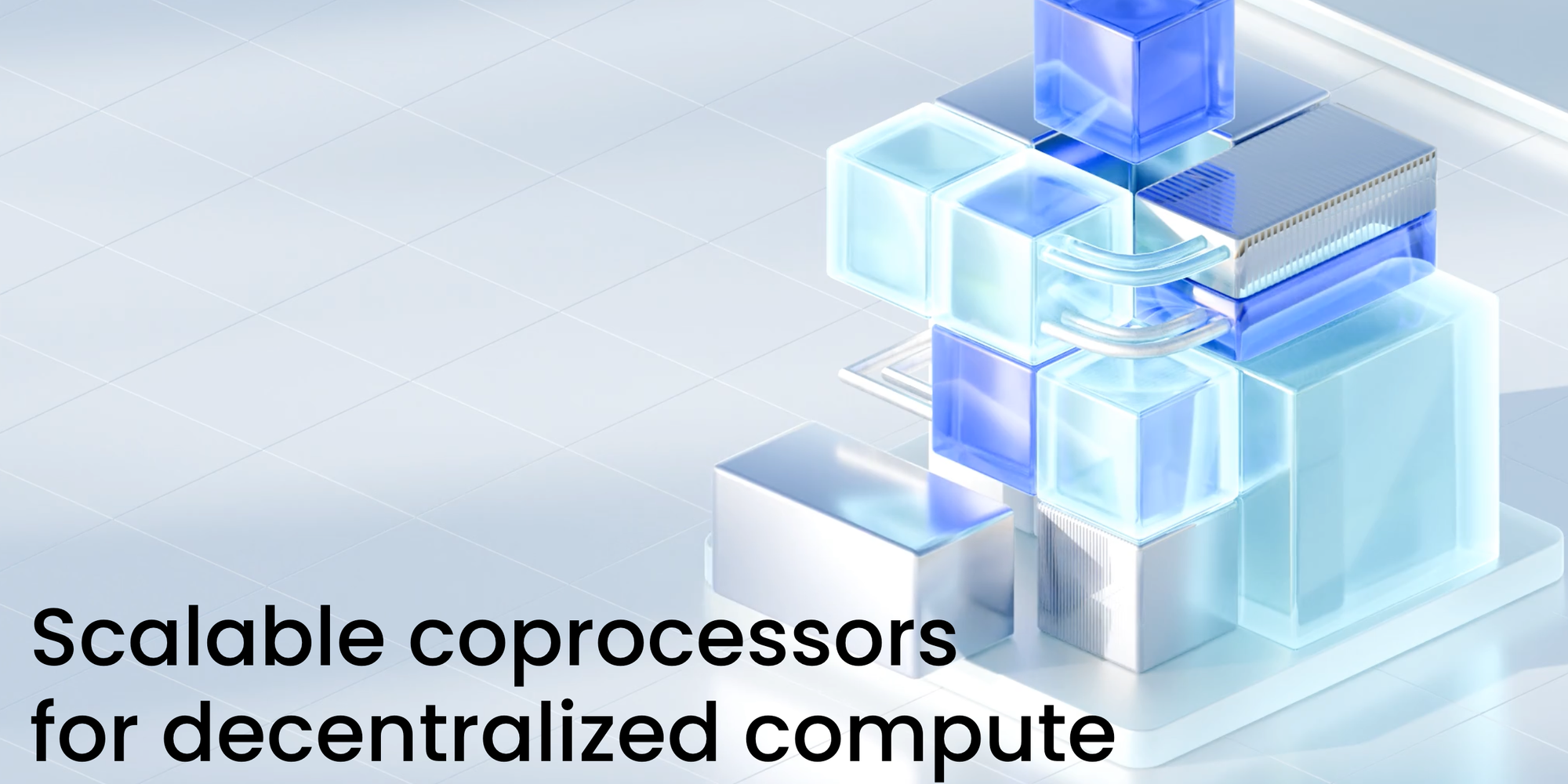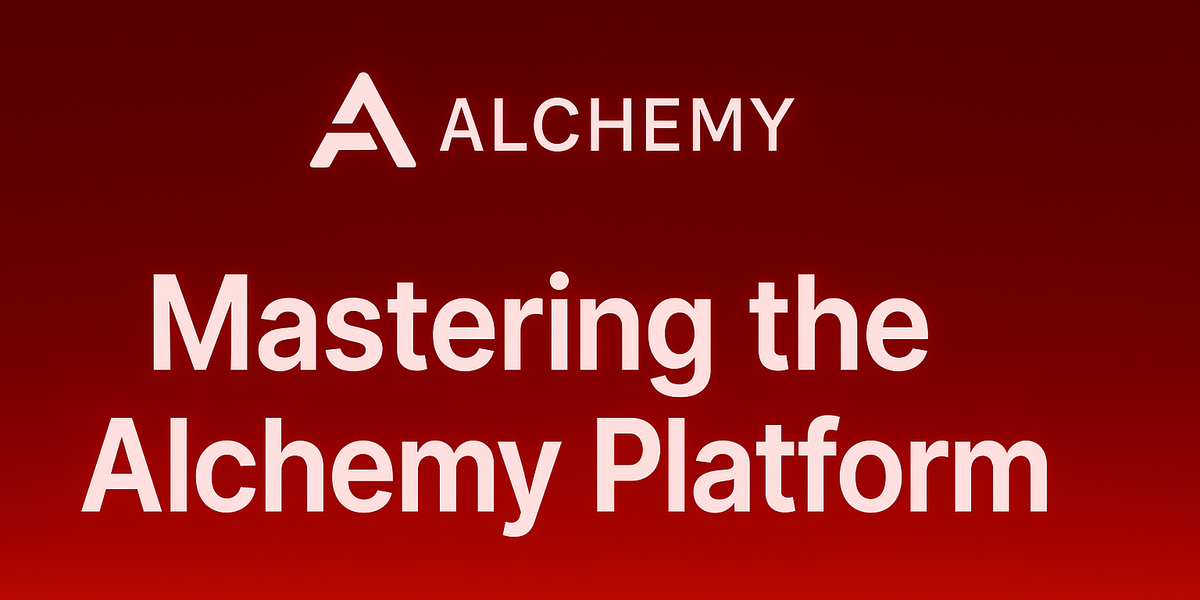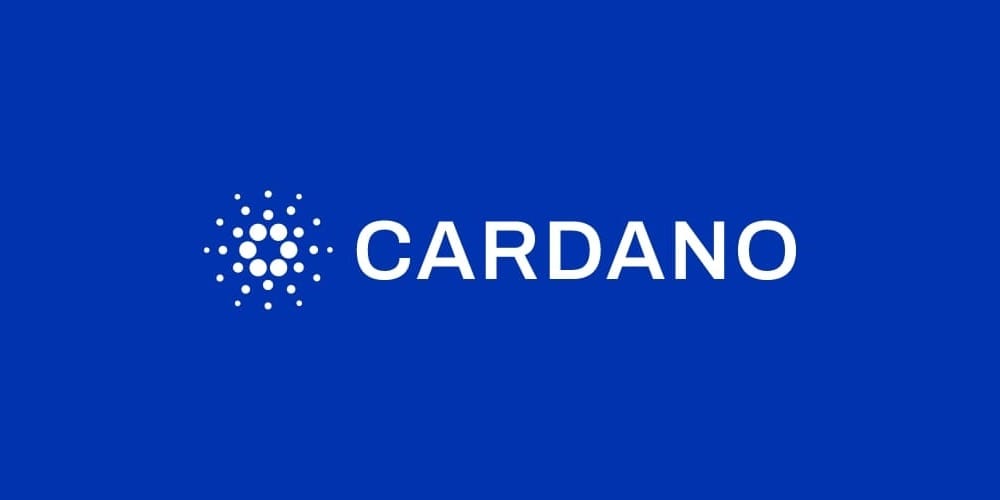Marlin is a blockchain-based protocol designed to improve the performance and scalability of decentralized networks by providing high-performance infrastructure for Web3 applications. It positions itself as the backbone for high-speed and scalable blockchain ecosystems, facilitating secure and efficient communication across different blockchain networks. Marlin’s primary focus is optimizing data delivery, ensuring low latency, and reducing bandwidth costs for decentralized applications (dApps), making it highly attractive for projects requiring real-time communication and quick consensus.
Tokenomics
The Marlin ecosystem operates using the $POND token, which plays a crucial role in maintaining and incentivizing network performance. $POND is used for staking by node operators, governance decisions, and gaining access to network services. Additionally, there is a secondary token called $MPOND, which serves as a governance token and can be converted into $POND in specific ratios. This two-tier token system allows for seamless governance while maintaining scalability in economic transactions across the ecosystem.
The tokenomics emphasizes long-term sustainability, with incentives for network participants such as relayers and validators who contribute to maintaining a high level of performance and reliability. The supply structure and vesting schedules ensure a gradual release of tokens, supporting steady ecosystem growth.
Technology and Infrastructure
At its core, Marlin leverages a unique layer-0 architecture, which operates below the blockchain layer to enhance networking capabilities. This approach is protocol-agnostic, meaning it can integrate with various blockchain ecosystems. Marlin's infrastructure optimizes communication for block propagation, transaction transmission, and data synchronization. The protocol achieves this through:
- Smart Session Layer: Ensures efficient packet forwarding and data prioritization.
- Custom Protocols: Designed to meet the specific needs of different blockchain environments.
- Low Latency Relays: Facilitates near-instantaneous communication between nodes.
This technical framework ensures faster block propagation and improves the performance of blockchain networks, enabling dApps like gaming, DeFi, and real-time trading platforms to perform seamlessly.
Supported Networks
Marlin is compatible with multiple blockchain networks, including Ethereum, Binance Smart Chain, and Polygon. By being interoperable across various ecosystems, Marlin acts as a unifying bridge for developers and dApps looking for a robust networking solution. Its cross-chain compatibility enables easy adoption for existing projects and serves as a foundation for newer ones.
Market Status of $POND
As of now, $POND is actively traded on multiple leading exchanges, including Binance, KuCoin, and Coinbase. The token demonstrates moderate market activity, with steady adoption fueled by partnerships with prominent blockchain projects. While the market for $POND has seen fluctuations, its focus on infrastructure innovation ensures its relevance in the broader crypto ecosystem.
Investors and Partnerships
Marlin has garnered support from notable investors and strategic partners. Backed by renowned venture capital firms and blockchain incubators, Marlin has secured funding and industry expertise to support its vision. Partnerships with prominent projects like Binance Smart Chain and Polygon underscore its role in the broader blockchain space as a critical infrastructure provider.
Development Progress
The project has demonstrated consistent development milestones since its inception, with regular updates to its protocol and integrations with new blockchains. Marlin’s team continues to focus on enhancing protocol efficiency, improving developer tools, and expanding its ecosystem of dApps. Its open-source approach encourages contributions from the community, fostering innovation and collaboration.
Technological and Innovation Potential
Marlin's unique approach as a layer-0 solution is its most significant innovation, setting it apart from traditional layer-1 and layer-2 protocols. By addressing fundamental networking challenges, Marlin unlocks new possibilities for high-performance applications in DeFi, gaming, and real-time communications. Its scalable and adaptable infrastructure positions it as a cornerstone for Web3 development.





Comments